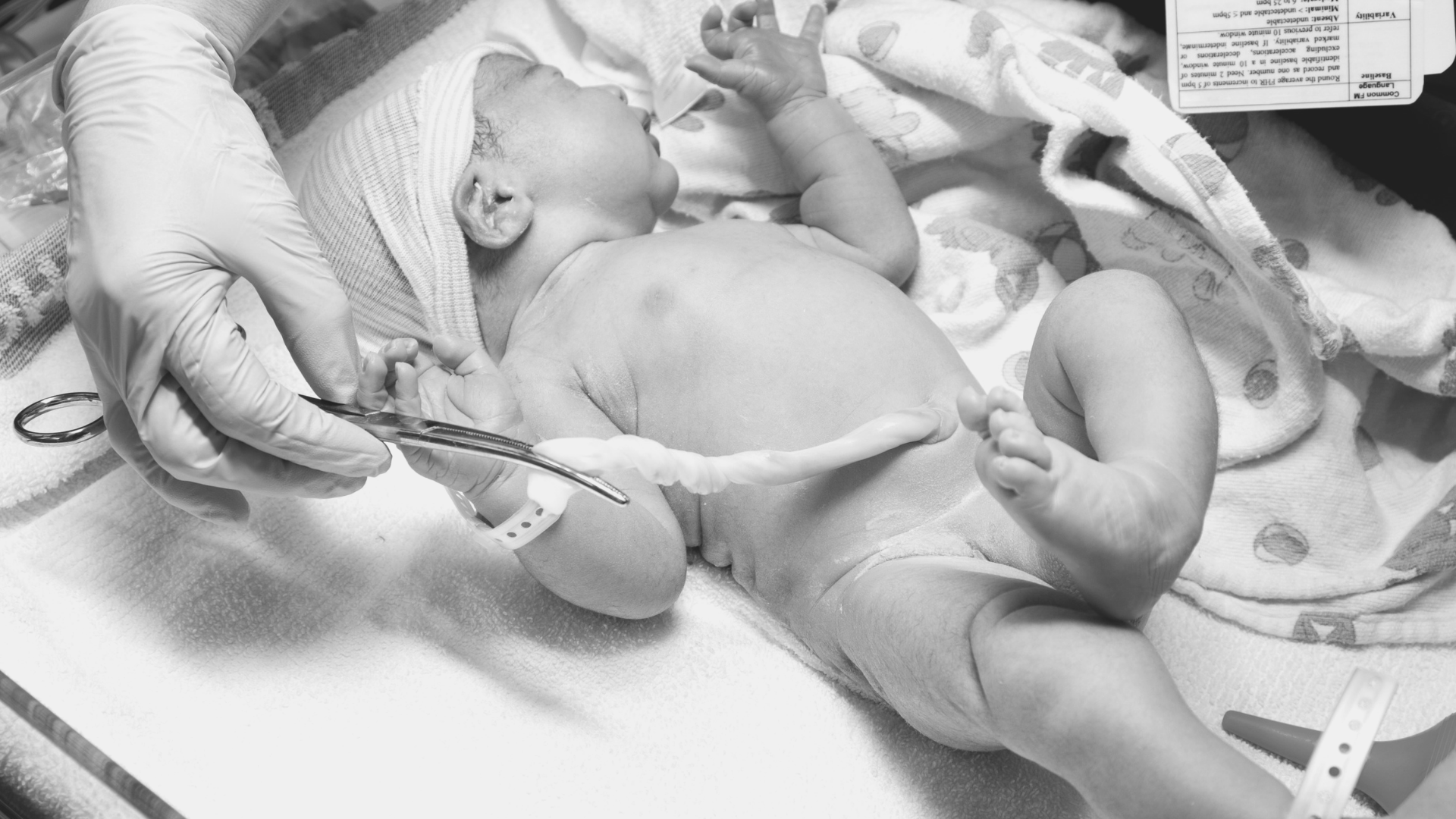Stem cell banking entails the gathering, processing, and storage of stem cells for potential future medical use. Stem cells are distinctive cells with the ability to develop into varied specialised cell sorts, making them valuable for regenerative drugs and treating certain medical situations. There are https://maps.app.goo.gl/iWZpP2uUdLe5T9586 of stem cell banking: embryonic stem cell banking and grownup or cord blood stem cell banking.
1. Embryonic Stem Cell Banking:
Source: Derived from embryos sometimes created for in vitro fertilization (IVF) procedures.
Potential: Embryonic stem cells have the potential to distinguish into any cell type in the human body, making them versatile for various medical functions.
Controversies: Ethical and ethical issues surround the usage of embryonic stem cells because of the supply of the cells and concerns about embryo destruction.
2. Adult or Cord Blood Stem Cell Banking:
Source: Adult tissues or umbilical cord blood.
Umbilical Cord Blood: Cord blood is wealthy in hematopoietic stem cells, which can develop into various blood cell types. It is collected from the umbilical cord and placenta after childbirth.
Adult Tissues: Stem cells may also be harvested from numerous adult tissues corresponding to bone marrow, adipose tissue, or peripheral blood.
Common Steps in Stem Cell Banking:
Collection:
Stem cells can be collected from numerous sources, including twine blood, bone marrow, and adipose tissue.
The assortment process is often non-invasive or minimally invasive.
Processing:
After collection, the stem cells are processed to isolate and concentrate the desired cell inhabitants.
Processing could contain separating several varieties of cells or getting ready the cells for long-term storage.
Testing:
Stem cells are examined for infectious illnesses and different quality parameters to ensure they meet safety requirements.
Storage:
Stem cells are cryopreserved (frozen) and saved at extremely low temperatures to maintain their viability for an extended interval.
Private and Public Banks:
Private Banks: Families can choose to retailer their kid's twine blood or grownup stem cells in a non-public financial institution for his or her unique use. This usually includes a fee.
Public Banks: Stem cells donated to public banks are made available for anybody in want. Donation to public banks is usually voluntary and does not contain payment to the donor.
Regulatory Compliance:
Stem cell banking facilities adhere to regulatory standards to make sure the protection and quality of stored stem cells.
Potential Uses of Banked Stem Cells:
Medical Treatments:
Stem cells may be used within the remedy of varied diseases, including blood disorders, immune system issues, and sure types of most cancers.
Regenerative Medicine:
Stem cells have the potential to repair or replace broken tissues and organs, making them priceless for regenerative medication.

Research:
Banked stem cells contribute to scientific research, helping researchers research ailments, take a look at new therapies, and advance medical data.
Stem cell banking represents a form of biological insurance, providing individuals and households with the choice of utilizing their saved stem cells for potential medical treatments in the future. The choice to financial institution stem cells is a personal one and sometimes entails careful consideration of the potential advantages, ethical considerations, and associated costs..
